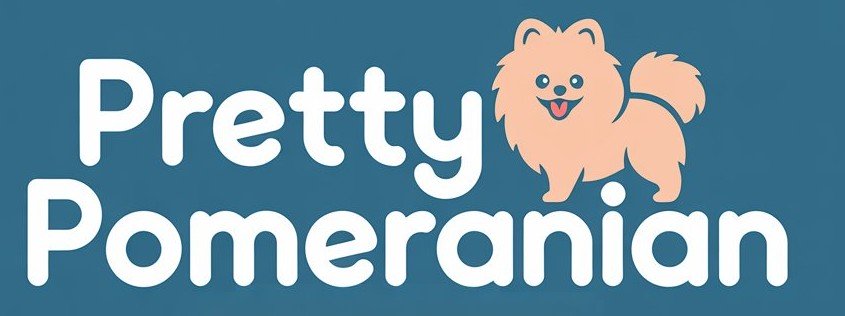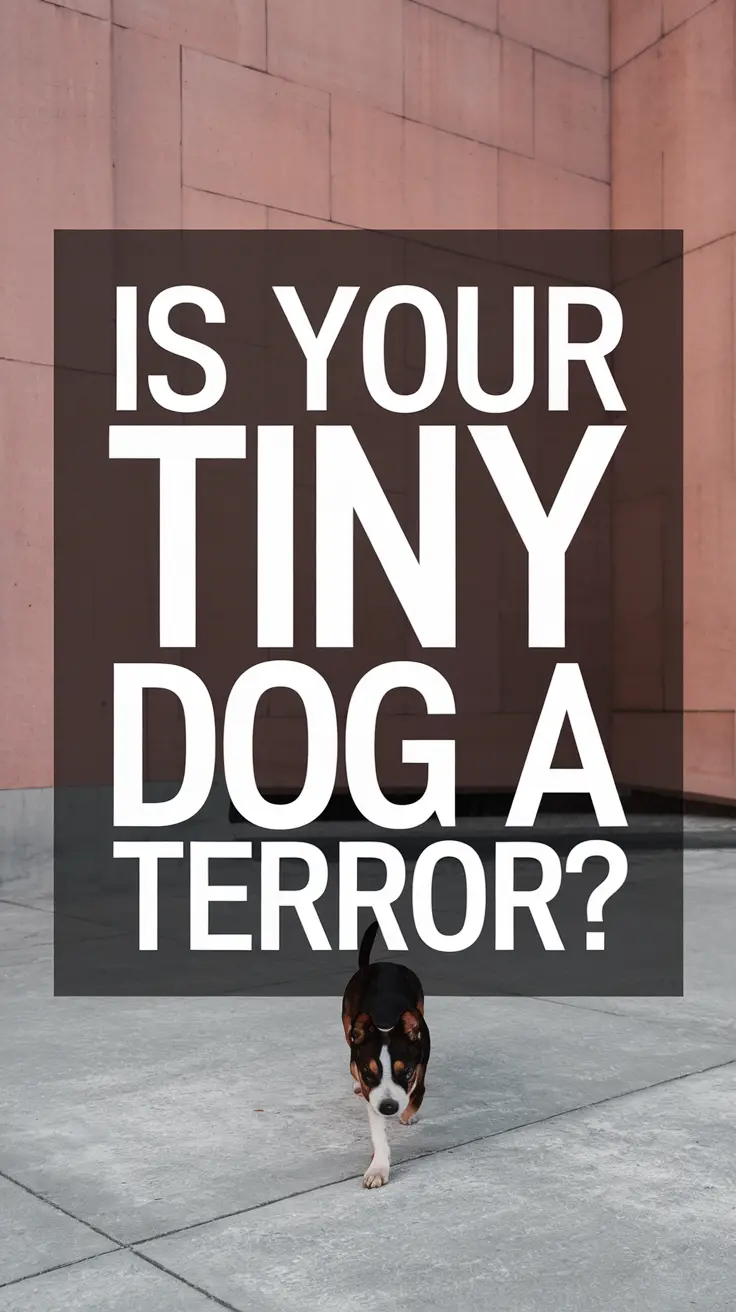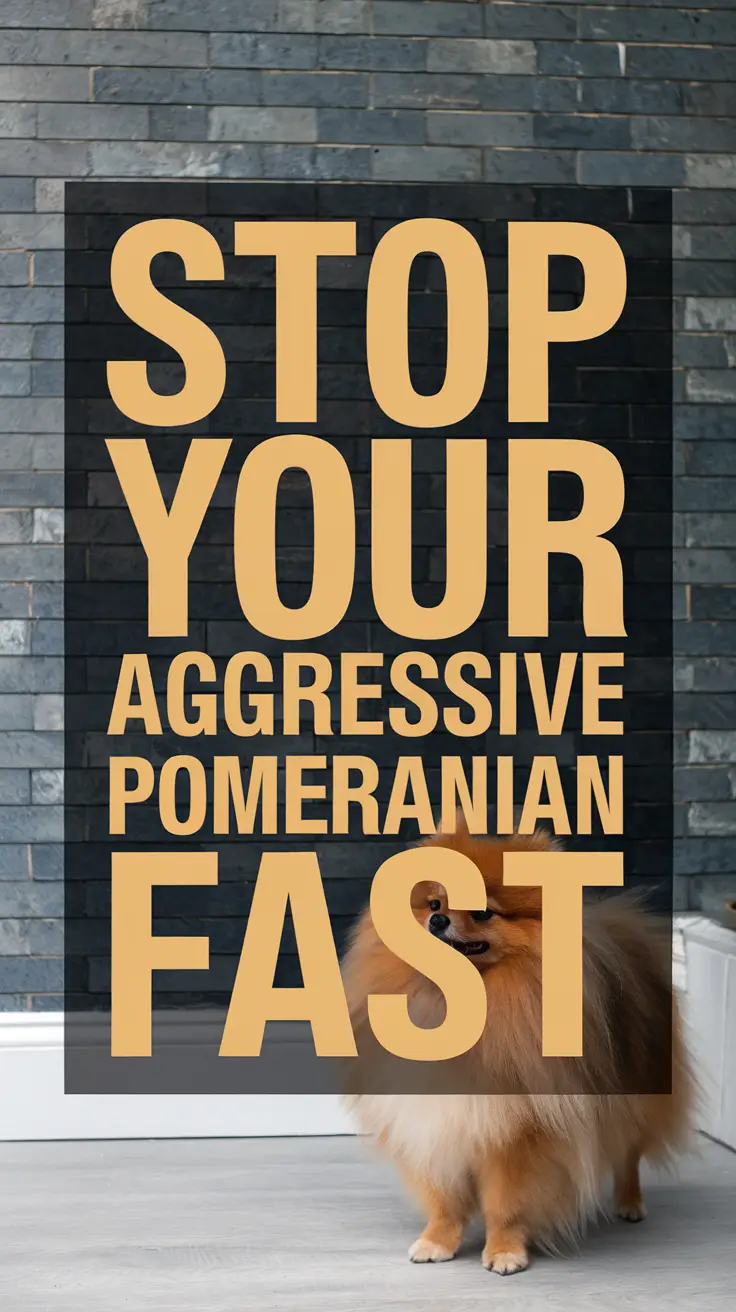Your adorable Pomeranian puppy has arrived home, and you’re bursting with excitement to start training! I completely understand that overwhelming feeling of wanting to teach your fluffy bundle of joy everything at once. After years of training my Pomeranian Sash and helping countless Pom parents through their training journeys, I’ve learned that starting with the right foundation commands makes all the difference between a well-behaved companion and a tiny tyrant ruling your household.
Quick Training Overview
- Start with simple commands that build confidence and establish communication
- Focus on positive reinforcement methods that work best with Pomeranian personalities
- Progress gradually from basic commands to more complex behaviors over several weeks
The Foundation Five: Essential First Commands
When Sash first came home as a tiny 8-week-old fluffball, I made the mistake of trying to teach her everything simultaneously. The result? One confused puppy and one frustrated owner! Through trial and error, I discovered these five commands create the perfect training foundation.
1. Name Recognition
Before diving into formal commands, your Pomeranian needs to understand their name means “pay attention to me.” This isn’t technically a command, but it’s absolutely crucial for everything that follows.
Training Method:
- Say your dog’s name in a happy, excited tone
- The moment they look at you, mark it with “Yes!” and give a treat
- Practice 10-15 times daily during different activities
- Never use their name when correcting bad behavior
Sash learned her name within three days using this method. The key is making sure hearing their name is always a positive experience.
2. Sit Command
According to the American Kennel Club, “sit” is the cornerstone of all obedience training. For Pomeranians, it’s particularly valuable because it gives you control over their natural tendency to jump and demand attention.
Step-by-Step Process:
- Hold a treat close to your Pom’s nose
- Slowly lift the treat over their head
- As their bottom naturally touches the ground, say “Sit”
- Immediately reward with the treat and praise
- Practice 5-10 repetitions, 2-3 times daily
Most Pomeranians master this command within a week. Sash was particularly motivated by tiny pieces of freeze-dried chicken, which became our go-to training treats.
3. Come When Called
This command could literally save your Pomeranian’s life. Their small size makes them vulnerable to larger dogs and various dangers, so reliable recall is non-negotiable.
Training Tips:
- Start indoors in a distraction-free environment
- Use an excited, happy voice when saying “Come!”
- Always make coming to you the best thing that happens to them
- Never call them to come for something they perceive as negative
- Practice during meal times when they’re naturally motivated to approach
Professional dog trainer Sarah Mitchell notes, “Pomeranians are naturally people-oriented, which makes recall training easier than with many breeds. The challenge is overcoming their independent streak.”
4. Stay Command
Teaching impulse control to a Pomeranian is like teaching patience to a toddler hopped up on sugar – challenging but absolutely necessary! The “stay” command helps manage their excitable nature and keeps them safe.
Progressive Training Approach:
| Week | Duration Goal | Distance Goal | Distractions |
|---|---|---|---|
| 1 | 2-3 seconds | 1 step away | None |
| 2 | 5-10 seconds | 3 steps away | Minimal |
| 3 | 15-30 seconds | Across room | Light activity |
| 4 | 1+ minutes | Out of sight briefly | Normal household |
Sash struggled with this command initially because she couldn’t bear the thought of missing out on anything interesting. Breaking it down into tiny increments and celebrating small victories made all the difference.
5. Down Command
The “down” position is naturally submissive and calming, making it perfect for managing an overstimulated Pomeranian. It’s also essential for grooming cooperation and vet visits.
Training Method:
- Start with your dog in the sitting position
- Hold a treat at their nose, then slowly lower it to the ground
- As they follow the treat down, say “Down”
- The moment their elbows touch the ground, reward immediately
- If they stand up instead, simply start over without any correction
This command typically takes longer to master than “sit” because the down position feels more vulnerable to dogs. Be patient and keep sessions short and positive.
Training Timeline and Expectations
Here’s a realistic timeline based on my experience with Sash and other Pomeranians I’ve helped train:
| Command | Initial Learning | Reliable Response | Common Challenges |
|---|---|---|---|
| Name Recognition | 2-5 days | 1-2 weeks | Distraction in busy environments |
| Sit | 3-7 days | 2-3 weeks | Maintaining position |
| Come | 1-2 weeks | 4-6 weeks | Competing interests outdoors |
| Stay | 2-3 weeks | 6-8 weeks | Duration and distance |
| Down | 1-3 weeks | 4-6 weeks | Initial resistance to vulnerable position |
Pomeranian-Specific Training Considerations
The Pros of Training Pomeranians
- High Intelligence: Pomeranians rank among the more intelligent toy breeds and pick up concepts quickly
- People-Pleasing Nature: They genuinely want to make their owners happy
- Food Motivation: Most Poms are highly treat-motivated, making positive reinforcement effective
- Social Awareness: They read human emotions well and respond to praise and excitement
The Challenges You’ll Face
- Attention Span: Keep training sessions to 5-10 minutes maximum
- Napoleon Complex: Their confidence sometimes outweighs their cooperation
- Distraction Sensitivity: They notice everything and can lose focus easily
- Stubborn Streaks: They’re independent thinkers who may choose to ignore you
When Sash hit adolescence around 6 months, she suddenly developed selective hearing. Commands she knew perfectly well were mysteriously forgotten when something more interesting appeared. This is completely normal – stay consistent and patient during these phases.
Setting Yourself Up for Success
Essential Training Supplies
- High-value treats (tiny pieces, soft texture)
- Treat pouch for easy access
- 6-foot training leash
- Quiet space free from distractions
- Positive attitude and patience
I recommend using treats no larger than the tip of your pinky nail. Pomeranians can easily become full or distracted by large treats, which kills training momentum.
Timing and Frequency
The magic formula I’ve discovered through years of training Pomeranians:
- Session Length: 5-10 minutes maximum
- Frequency: 2-3 sessions daily
- Best Times: Before meals when they’re hungry but not overstimulated
- Rest Days: Take breaks if either of you becomes frustrated
Troubleshooting Common Issues
My Dog Ignores Me Completely
This happened with Sash during her teenage months. The solution was going back to basics in a completely distraction-free environment and using higher-value rewards. Sometimes you need to compete harder for their attention!
Perfect at Home, Disaster in Public
Pomeranians are notorious for this! The key is gradually introducing distractions and practicing in new environments. Start in your backyard, then a quiet park, building up to busier locations.
Learning Fast but Forgetting Faster
This usually indicates the dog hasn’t truly generalized the command yet. Practice in different rooms, at different times of day, and with various family members giving the commands.
Beyond the Basics: What Comes Next
Once your Pomeranian masters these foundation commands, you’ll be amazed at how quickly more advanced training progresses. Commands like “leave it,” “wait,” and “place” become much easier when built on this solid foundation.
The relationship between Sash and me transformed completely once we established this basic communication. She went from a demanding little dictator to a delightful companion who understood her role in our household hierarchy.
Training your Pomeranian isn’t just about obedience – it’s about building a language you both understand and creating a bond built on mutual respect and clear communication. Start with these five essential commands, stay consistent with your practice, and remember that every small victory is worth celebrating. Your future self will thank you when you’re living with a well-mannered Pomeranian who knows exactly what you’re asking and is happy to comply. The investment you make in training today pays dividends in years of harmonious companionship ahead.



